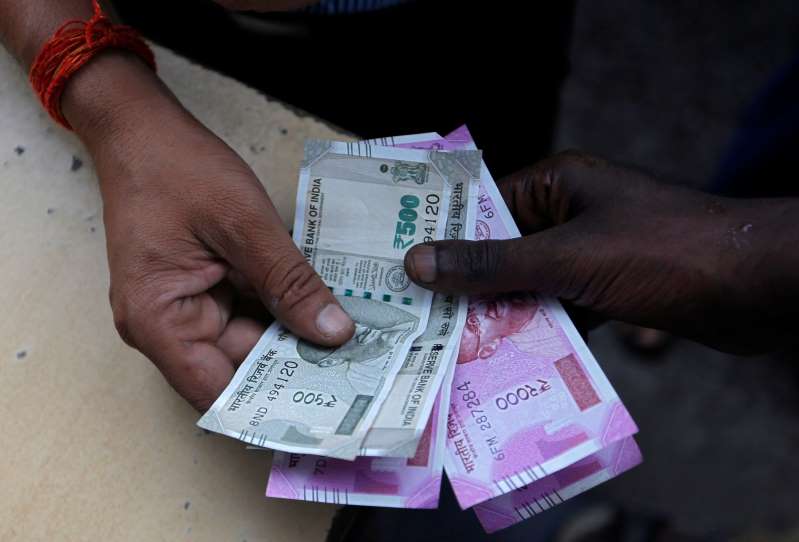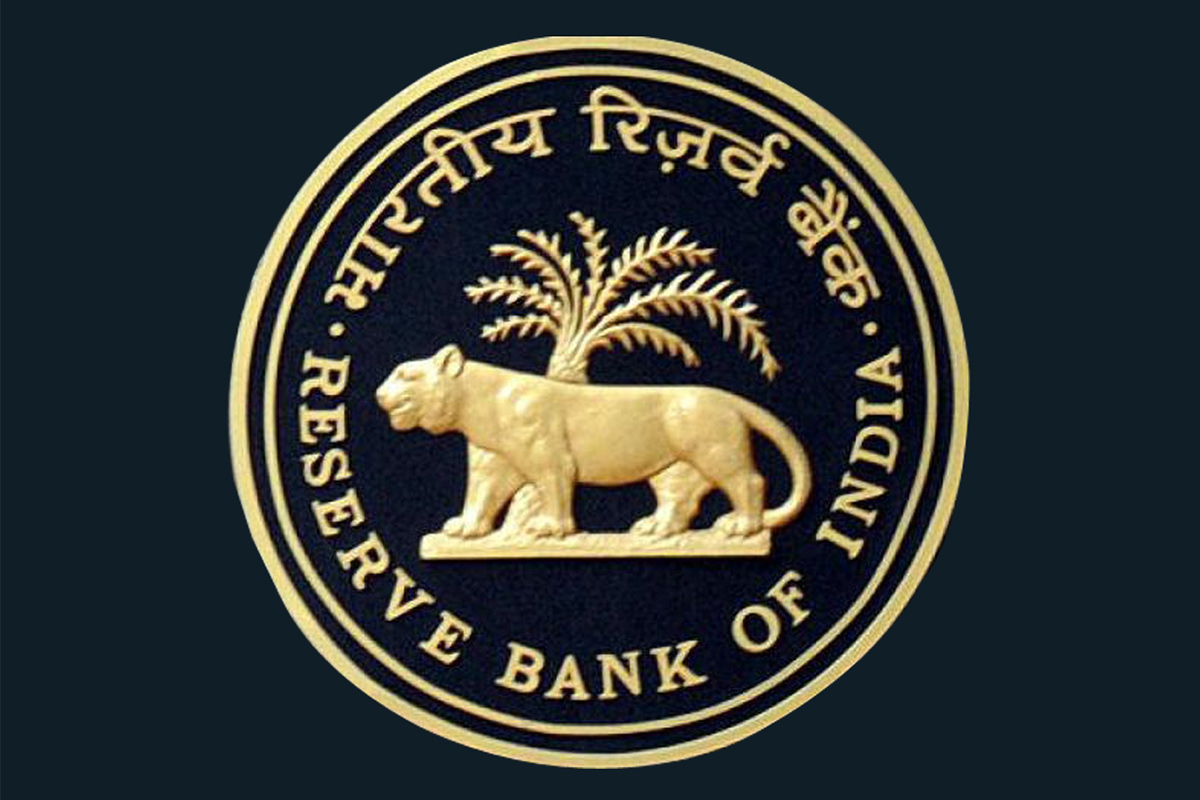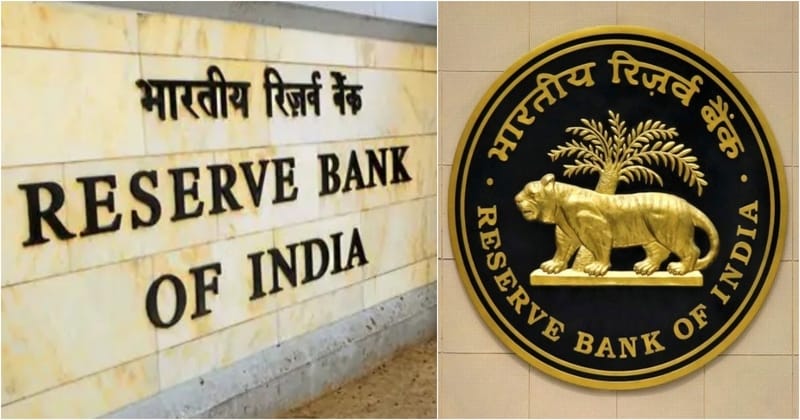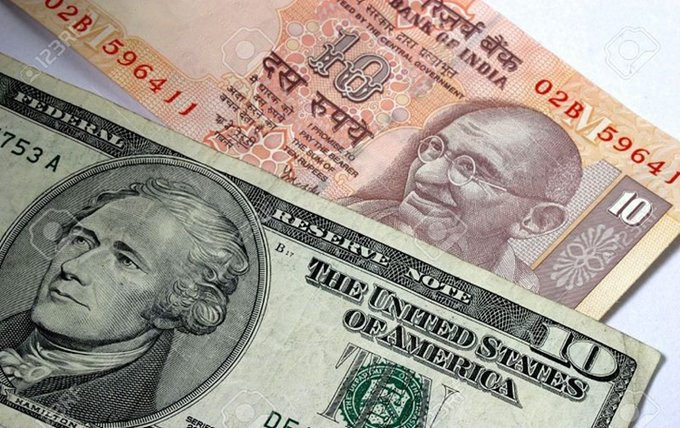Rupee breaches 72 a dollar mark for first time
Fri 07 Sep 2018, 00:07:31

Mumbai: The Indian rupee on Thursday touched a new milestone, falling to 72 against the dollar amid concern that US President Donald Trump could order additional tariffs on China. This was the seventh consecutive day the rupee fell , its longest losing streak since May 2016. At 12.40pm, the rupee was trading at 72.07 a dollar, down 0.40% from its Wednesday’s close of 71.76. It opened at 71.65 per dollar and touched a low of 72.08.
The Trump administration is planning to impose another $200 billion of tariffs on Chinese imports as early as this week, which would mark a significant escalation in the trade dispute between both countries. Analysts expect the yuan, which has lost more than 6% against the dollar in the past three months, will extend its decline if Beijing retaliates.
In November 1994, printing of Re 1 note was stopped mainly due to higher cost and for freeing capacity to print currency notes of higher denomination.
After a gap of over 20 years, Re 1 note has been released in the country. Let's get to know our currency better. Here are some of the most amazing, lesser-known facts about the Indian rupee:
“Intensifying EM (emerging market) crisis, fear of a contagion and broad-based USD strength coupled with deteriorating domestic macro scenario and domestic political uncertainty are expected to keep the INR under pressure,” said Kotak Economic Research in a recent note.
The brokerage firm expects a rupee range of 69-74 (earlier 67.5-71.0) for the rest of 2018-19 and does not rule out announcements of exceptional measures soon.
Finance Minister Arun
Jaitley has said the government is closely monitoring developments relating to Turkey, which have generated global risk aversion towards emerging market currencies, and India would address any situation arising in the context of the unsettled international environment.
Jaitley has said the government is closely monitoring developments relating to Turkey, which have generated global risk aversion towards emerging market currencies, and India would address any situation arising in the context of the unsettled international environment.
“India’s foreign exchange reserves are comfortable by global standards and sufficient to mitigate any undue volatility in the foreign exchange market,” Jaitley added.
Also watch: For plunging rupee, finance minister Arun Jaitley blames 'global reasons'
Bond yields, too, gained, tracking the home currency. The 10-year bond yield stood at 8.064%, from its previous close of 8.049%. Bond yields and prices move in opposite directions
“Bond markets continued to endure the steady depreciation in the rupee,” said Edelweiss Financial said in a note to its investors.
So far this year, the rupee has weakened 11.4%, while foreign investors have sold $261.20 million and $6 billion in equity and debt markets, respectively.
Benchmark Sensex Index fell 0.08% or 29.65 points to 37,988.66. Since January, it has gained 12%.
Asian currencies were trading higher. The Indonesian rupiah was up 0.32%, Philippines peso 0.25%, Japanese yen 0.21%, Singapore dollar, and the Taiwan dollar and South Korean won were up 0.08% each. The Thai Baht was up 0.04%. However, China Offshore spot was down 0.13% and China renminbi 0.09%.
The dollar index, which measures the US currency’s strength against major currencies, was trading at 94.996, down 0.2% from its previous close of 95.184.
No Comments For This Post, Be first to write a Comment.
Most viewed from Business
AIMIM News
Asaduddin Owaisi files nomination papers on Friday
Apr 20, 2024
Owaisi Begins Election Campaign in Hyderabad
Apr 13, 2024
Bring back Indian workers in Israel: Owaisi
Apr 13, 2024
Latest Urdu News
Most Viewed
May 26, 2020
Do you think Ruturaj Gaikwad would be a good captain for Chennai Super Kings?
Latest Videos View All
Like Us
Home
About Us
Advertise With Us
All Polls
Epaper Archives
Privacy Policy
Contact Us
Download Etemaad App
© 2024 Etemaad Daily News, All Rights Reserved.





























